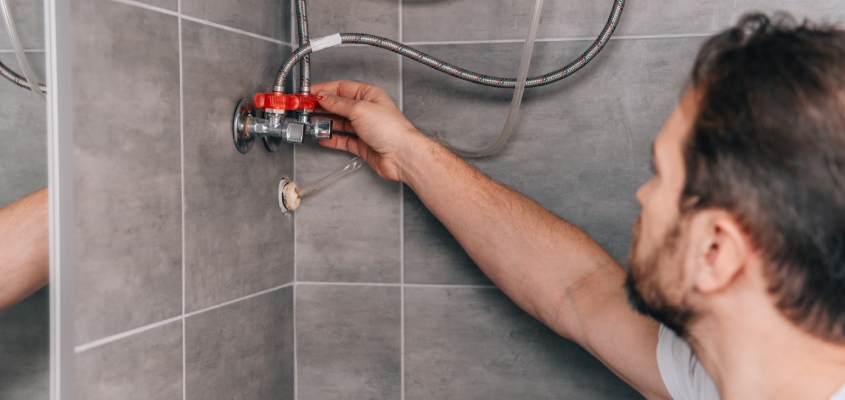Hot water is something most of us rely on every day- until suddenly, it’s not there. Whether you’re facing inconsistent water temperature, strange noises, or a complete lack of hot water, water heater issues can disrupt your daily routine and lead to costly repairs. Fortunately, with a bit of preventive maintenance and some basic tools, many common problems can be avoided—or even fixed—without calling a technician.
At Clancy Plumbing and Heating, we often help homeowners understand how to maintain their water heaters properly. Here’s a practical guide for doing just that.
Why Regular Maintenance Matters

Like any appliance, your water heater needs regular care to stay efficient and safe. Proper maintenance can:
- Extend the lifespan of the unit
- Improve energy efficiency
- Prevent sediment buildup and corrosion
- Reduce the risk of unexpected breakdowns
Ignoring your water heater can lead to leaks, rust, higher utility bills, or even premature failure.
Signs Your Water Heater Needs Attention
Be proactive. Watch for these common warning signs:
- No hot water or fluctuating temperature
- Popping or rumbling noises (indicates sediment buildup)
- Leaks near the base of the heater
- Rusty or discolored water
- Foul-smelling hot water
If you notice any of the above, it’s time to inspect or service your unit.
Basic Maintenance Steps
1. Flush the Tank
Sediment naturally builds up over time and can damage the heater. To flush the tank:
- Turn off power or gas
- Connect a garden hose to the drain valve
- Drain water into a safe area
- Refill and restore power
Tip: Flush your tank at least once a year.
2. Check the Anode Rod
The anode rod prevents internal rusting. Inspect it every 1–2 years:
- Turn off power and water supply
- Unscrew the rod (usually on top of the tank)
Replace it if more than 6 inches of the core is exposed or it looks heavily corroded
3. Test the Pressure Relief Valve
Lift the valve’s lever briefly. If water flows and stops when released, it’s working. Replace if it leaks or doesn’t function properly.
4. Clean the Area Around the Heater
Keep the space free from dust, flammable materials, and clutter to improve performance and safety.
Easy DIY Repairs
Replace the Heating Element
- Shut off power and partially drain the tank
- Remove the faulty element
- Install a new one and refill the tank
Fix Minor Leaks
Leaks around fittings can often be fixed by tightening connections or replacing washers.
Note: A leaking tank usually means you’ll need a full replacement.
Reset the Heater
Electric heaters often have a reset button behind the access panel. Press it if your heater shuts off unexpectedly.
Long-Term Water Heater Care Tips
- Set thermostat to 120°F for safety and efficiency
- Insulate your tank and hot water pipes
- Avoid chemical cleaners inside the tank
- Schedule annual inspections for peace of mind
Final Thoughts
Maintaining and repairing your water heater doesn’t have to be intimidating. With a few simple tools and the right approach, homeowners can prevent major issues and extend the life of their unit. However, if you’re ever unsure—or dealing with a bigger issue—it’s best to call a professional.
Need help with your water heater? Clancy Plumbing and Heating offers expert repair and maintenance services to keep your hot water running year-round. Contact us today for reliable, affordable service near you.
Ready to schedule your annual Water Heater Maintenance?
Contact Clancy Plumbing and Heating today to book a convenient appointment and keep your home comfortable in every season.

